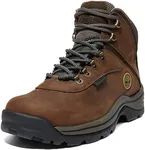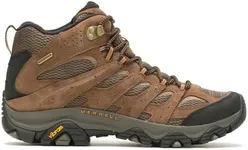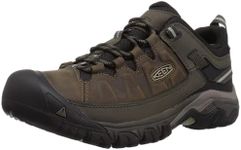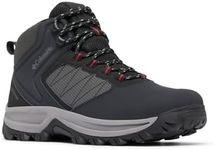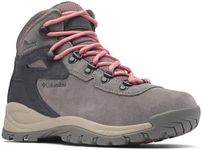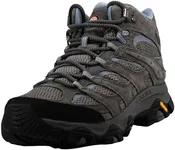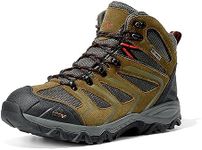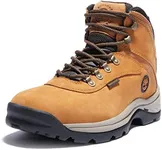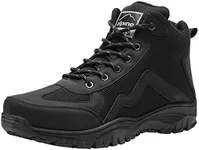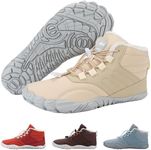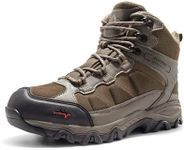Buying Guide for the Best Hiking Shoes
Choosing the right hiking shoes can make a huge difference in your outdoor adventures. The perfect pair should provide comfort, support, protection, and grip, tailored to the kind of trails and hikes you expect to tackle. It’s important to think about your hiking environment, how long and often you’ll be hiking, and your personal foot shape and needs. Trying different shoes and paying attention to how they feel on your feet is key for finding your best fit. Always remember that the right hiking shoes will keep your feet happy and safe, letting you focus on enjoying your journey.Shoe TypeHiking shoes come in several types: low-cut shoes, mid-cut boots, and high-cut boots. Low-cut hiking shoes are lightweight and good for day hiking on easy trails as they allow for natural foot movement but offer less ankle support. Mid-cut boots provide more support and some ankle protection, making them suitable for moderate terrain and backpacking with a light load. High-cut boots offer the most support and protection, ideal for rough or uneven terrains and when carrying heavy backpacks, but they can feel bulkier. To pick the best type, consider the difficulty of your hikes, your ankle stability, and how much weight you’ll carry.
Fit and SizingFit and sizing refer to how well the shoes match the shape and size of your feet. It’s crucial that hiking shoes fit comfortably—neither too tight nor too loose. A proper fit means there’s enough room to wiggle your toes, your heel is secure, and there’s no pinching. Sizes can vary between brands, so always try shoes on with the socks you plan to wear for hiking and walk around to test for hot spots or pressure. Choose what feels good right away—don’t count on shoes to break in significantly. Prioritize comfort and proper support as an uncomfortable fit can lead to blisters or injury.
TractionTraction relates to how well hiking shoes grip surfaces, helping prevent slips on wet, rocky, or uneven terrain. Soles are made from different rubber compounds and have varying lug patterns (the bumps and grooves on the sole). Deeper, more aggressive lugs are best for muddy and uneven trails, while shallower, widely spaced lugs work well for drier, less rugged paths. If you mostly hike on rough, slippery trails, focus on shoes with grippy, rugged outsoles; for gentle, dry trails, you can prioritize lighter soles for easier movement.
Support and CushioningSupport and cushioning reflect how much comfort and protection your feet and ankles get from the shoes. This is determined by midsole materials and shoe structure. Firm midsoles give better stability on rugged trails, while softer cushioning is more comfortable but less stable. If you have weak ankles or often walk on rocky, uneven ground, seek shoes with solid support and structured design. For smoother, flatter trails and lighter loads, shoes with more cushioning for comfort might suit you better.
Water Resistance and BreathabilityWater resistance keeps your feet dry in rain, puddles, and wet environments, usually provided by membranes like Gore-Tex. Breathability helps air move through the shoe, keeping your feet cool and reducing sweat. Waterproof shoes are great in wet conditions but can feel hot and lead to sweaty feet in dry, warm weather. For mostly dry or warm hiking, breathable shoes with mesh panels keep you cool and comfortable, while waterproof shoes are ideal for wet climates or crossing streams.
WeightWeight refers to how heavy the shoes feel on your feet. Lighter shoes make it easier and less tiring to walk long distances but offer less protection, while heavier shoes provide durability and support but may feel cumbersome. If most of your hikes are short or on easy terrain, prioritize lighter shoes for comfort. Choose heavier shoes only if you need the extra support and durability for challenging trails.
DurabilityDurability describes how well shoes withstand rough use and resist wear-and-tear. Shoes with reinforced uppers, sturdy soles, and protective toe caps last longer in tough conditions. If you’re a frequent hiker or often trek on rocky trails, focus on highly durable materials. For occasional, light hiking on easy paths, you can trade some durability for lighter weight and greater comfort.
